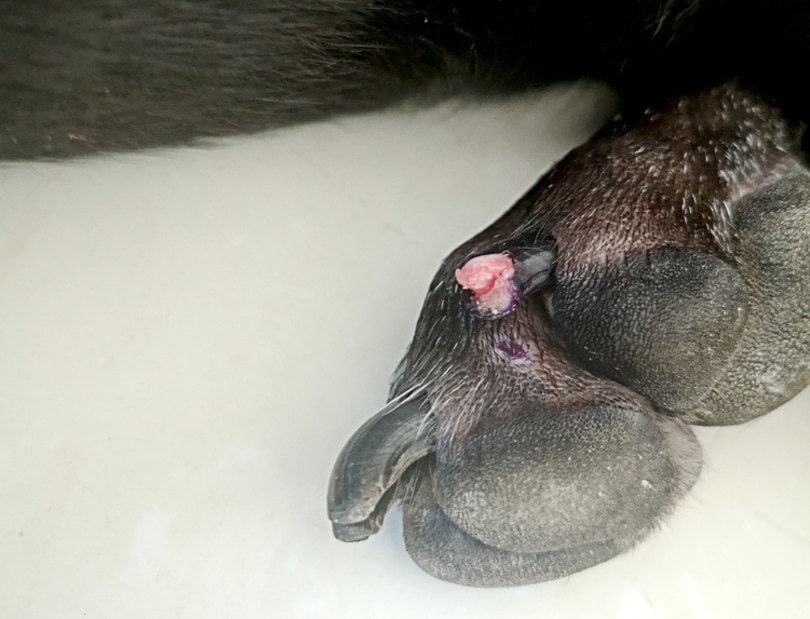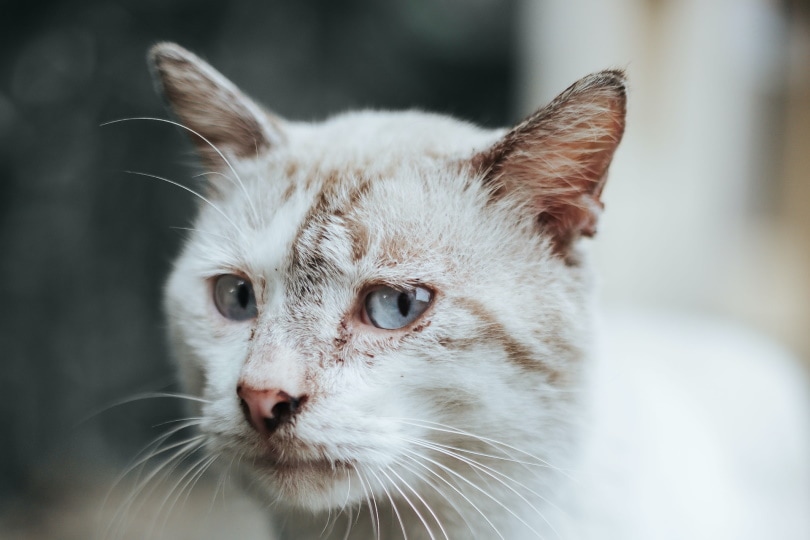Are There Wild Cats in Colorado? What to Know!

Updated on
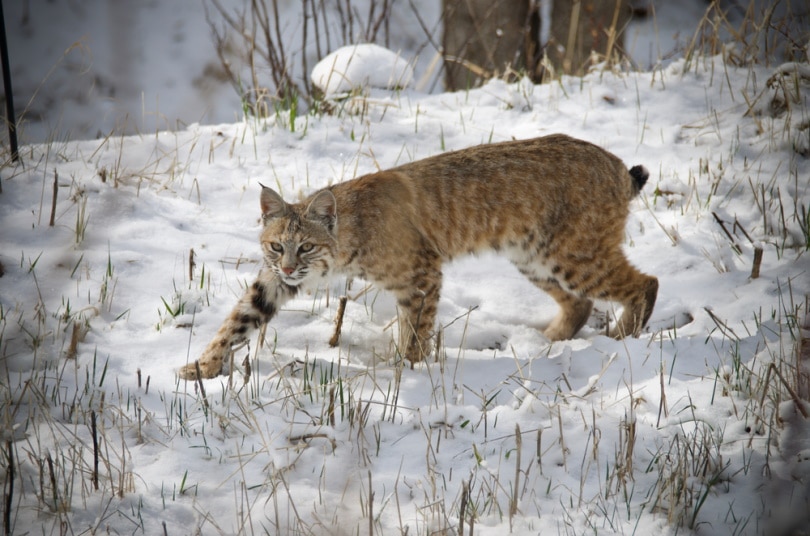
You may not see lions or tigers roaming across the state, but other wild cats live here. Learn more about what species you may see in Colorado, how to identify these felines, and ways to keep your pets safe from these potential predators.
Do Bobcats Live in Colorado?
Bobcats live throughout much of North America, and that includes Colorado. From far away, bobcats and their kittens could easily be mistaken for pet cats. Bobcats are, however, roughly twice the size of domesticated cats. Adults weigh between 11 and 30 pounds. A bobcat’s most distinguishing feature is the black tuft of fur that extends above the tip of the ears.
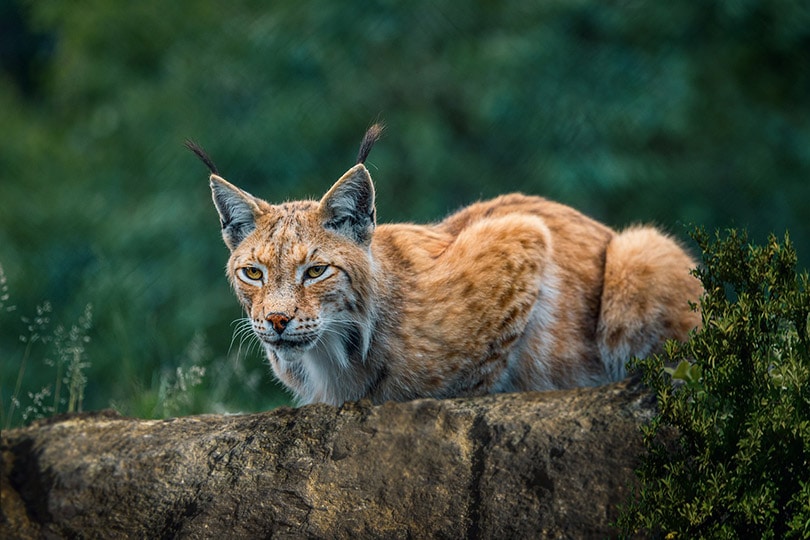
Are There Lynx in CO?
Yes, lynx also reside in the Centennial State. Colorado’s lynx population was almost extinct by the mid-1990s. Wildlife officials relocated cats from Alaska and Canada to help boost the local population.
Today, wildlife officials continues to monitor the number of lynx that live in the state. If you see a lynx, Colorado Parks & Wildlife want to hear about it. You can help this organization by submitting a Lynx Sighting Form.
It’s not always easy to distinguish a lynx from a bobcat or even a larger domestic cat. If you’re unsure about what kind of cat you see, look at the feline’s paws and tail. Lynx have larger feet that look out of proportion to the rest of their bodies. Conversely, their tails appear shorter than a bobcat’s. And, lynx tails have a black tip.
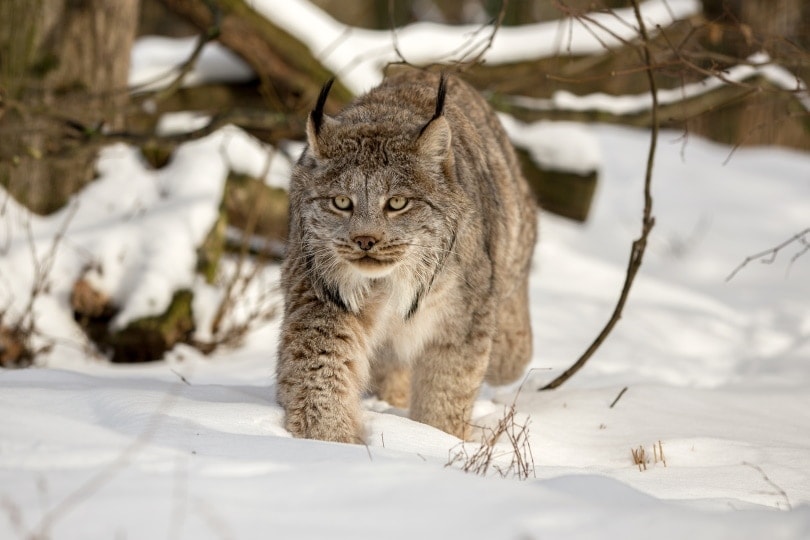
Are There Panthers in Colorado?
Panthers are also called pumas, catamounts, and mountain lions. Whatever name you call these wild cats, they live in Colorado. Unlike a lynx or bobcat, you won’t mistake a panther for a house cat. Adults panthers weigh approximately 140 pounds and have short, brown fur.
What Do Colorado Wild Cat Paw Prints Look Like?
Tracks in the mud or snow may be your only indication that wild cats live in the area. The bobcat, lynx, and panther all have distinctive paw prints that allow you to tell them apart.
- Lynx Tracks: A lynx paw print is approximately 5 inches across. The distance between each print, known as the animal’s “stride,” will be about 13 inches. Lynx have furry paws, so you typically won’t see individual pad imprints.
- Bobcat Tracks: Bobcat tracks look a lot like lynx prints but are considerably smaller. An adult bobcat will leave behind pawprints that are 2.5 to 3 inches across.
- Panther Paw Prints: Panther prints are distinct from other Colorado wild cats but can be confused with larger domestic dog tracks. The stride on a trail of panther prints can be as wide as 20 inches. Panther prints often have visible pad imprints, which have three distinct lobes.

The 5 Ways To Keep Your Pets Safe From Colorado Wild Cats
Wild cats can’t distinguish between wild prey and your beloved house pet. Bobcats, panthers, and lynx can attack dogs and cats.
You don’t have to live in fear or keep your pets indoors 24/7. Understanding a wild cat’s behavior can prevent an encounter with one. Here are 5 ways you can keep your pet safe from wild felines.
- Spend time outside during daylight: Bobcats, panthers, and lynx tend to lay low during the day. They are often out and about at dawn, dusk, and nighttime. Be cautious or avoid long walks during wild cats’ active times.
- Don’t let your pets roam freely: Keep them on a leash or a tie-out. Most dogs don’t mind leashes, but cats can be another story. Cat harnesses often have multiple buckles and are cumbersome to get on and off. Your kitty may appreciate a vest-style cat harness with velcro fasteners.
- Remove food sources: Bobcats, panthers, and lynx will go wherever they can find food. Store your trash cans inside your garage or shed. Don’t leave food outside. If you have domesticated chickens, bring them inside at night.
- Clear away thick brush: Wild cats like to hide, so don’t give them the opportunity. An open yard free of brush, shrubs, and other debris is a natural deterrent.
- Scare away any wild cats you see: You want wild felines to be afraid of people and residential areas. If you spot a wild cat, make some noise. Yell, clap your hands, or use an air horn.
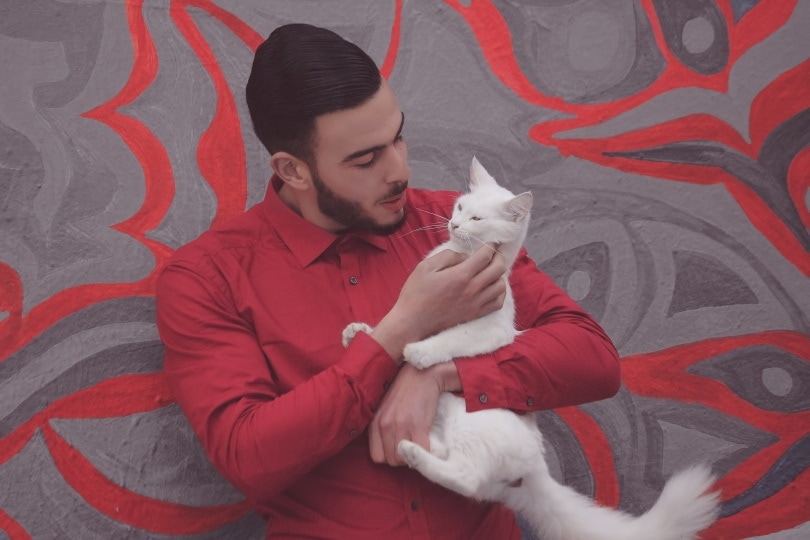
Living in Harmony with Colorado Wild Cats
Bobcats, panthers, and lynx all have a presence in Colorado. But you shouldn’t be afraid to enjoy the outdoors with your cat or dog. Keep your pets on a leash and take walks during daylight hours. If you see a wild cat, make noise to scare it off.
Featued Image Credit: Jimmydaly, Shutterstock





